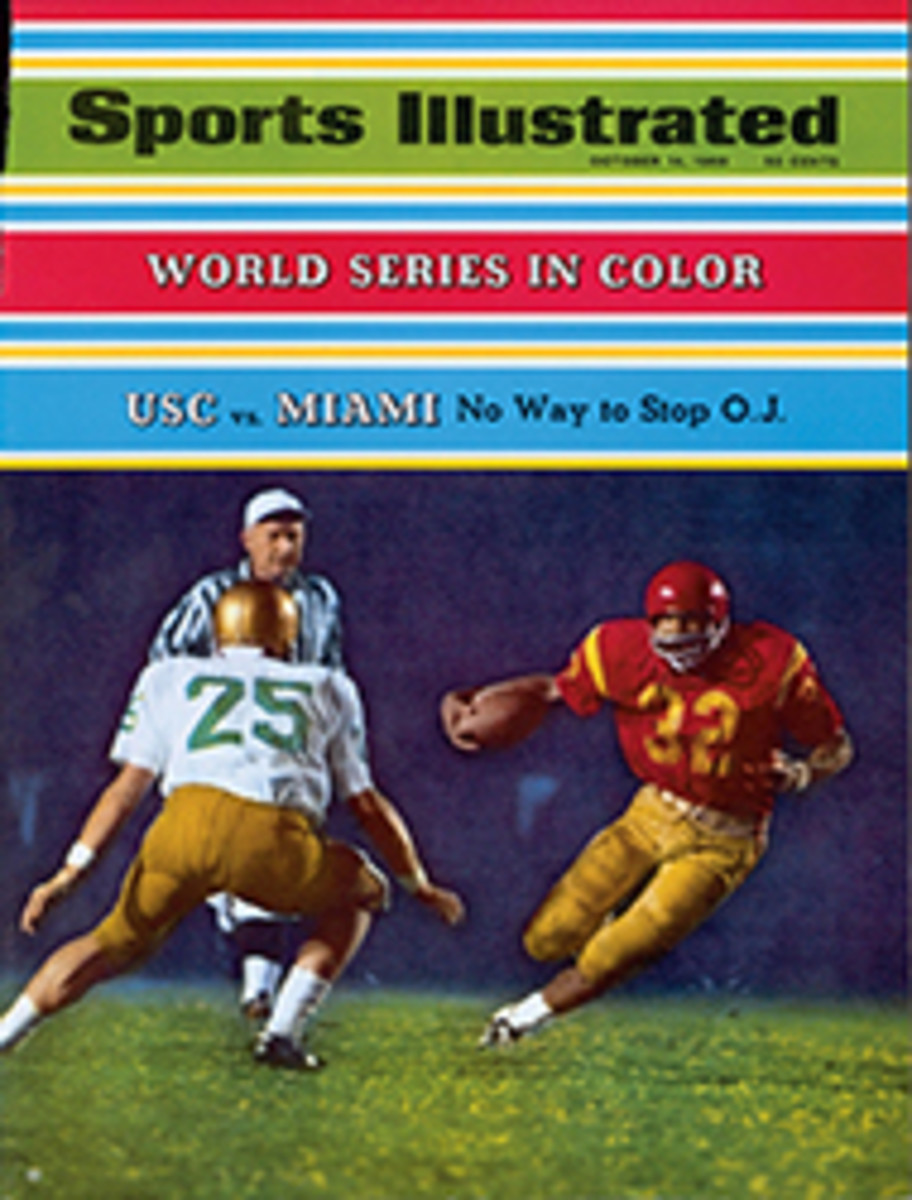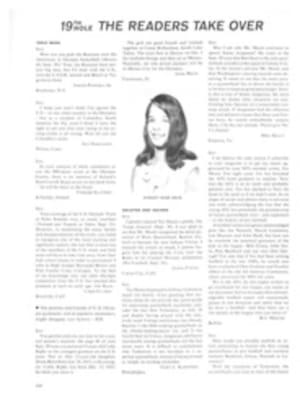
Pro at the conference table
John Gordy, who was an All-America guard at Tennessee and has been an All-Pro for the Detroit Lions three times in his 11-year career, is obviously a formidable football player. In future histories of the National Football League, however, he will be remembered more for leading interference in the conference room. Gordy, the president of the NFL Players' Association, is the John L. Lewis of pro sports.
It was Gordy who hammered out the present agreement between the players and the owners in the first meaningful dialogue between the proprietors of pro football and their minions.
"We had never been able to sit down and bargain as a group," he said the other day. "We weren't recognized as a collective bargaining force until January of this year."
In January, at the annual Players' Association meeting in Miami Beach, the players organized as a labor force to defeat the aims of the Teamsters Union, which was trying to sign a majority under the guidance of Bernie Parrish, a former Cleveland Brown player.
Gordy's negotiating committee consisted of himself, Quarterback King Hill (Philadelphia), Fullback Ernie Green (Cleveland), Tackle Bob Vogel (Baltimore), Linebacker Dave Robinson (Green Bay) and three civilians: Labor Attorney Dan Shulman, Publicist Tom Vance and Business Manager Mai Kennedy. Gordy was the driving force; Shulman, Vance and Kennedy were his companions and advisers during the arduous meetings with the owners.
"From January to July I had dinner with my family only 20 times," Gordy says. "I got almost no rest."
The players asked for a $5 million contribution to the pension fund, $15,000 minimum pay and $500 per game for preseason games. There were other requests but these were the major ones.
"We were using these as starting points," Vance says. "We were willing to negotiate on each. And we did."
When the owners claimed inability to pay as an excuse for not meeting the pension demands, the players asked to see a financial report on the NFL teams, as was their right. The response of the owners was a curious one.
At a meeting in New York they presented the negotiating committee with an uncertified, unaudited report breaking the NFL down into the five high teams, the six middle and the five low teams financially. The report showed the five high teams' average profit before taxes to be $1,186,196; the six middle, $639,313 and the five low, $78,971. The only figures the players had were on Green Bay for 1966, showing a profit of $1,581,000 before taxes.
"The Packers were seventh in attendance and had the third smallest park in the league," Vance, who is a publicity agency owner in Houston, said. "They offered us the right to use our own auditors. We would have to audit the clubs in one month, turn over the figures to the league and take what they wanted to show us. It would have cost $100,000 we didn't have."
The two groups compromised on salary minimums: $12,000, including preseason pay, for two-year men, $13,000 for three years and exhibition-game pay of $10 a day plus $70 to $280 a game. The owners offered $2,550,000 in two years for the pension and the players balked, threatening a strike. The owners came up with $3 million after a tense week in which training camps were closed. It was a victory for the players.
"We won our points with no violence, no demonstrations," Gordy pointed out. "We wanted to be treated like adults."
The labor front in pro football will be quiet until 1970, when the leagues merge. New negotiations will be in order then. It would be to the best advantage of both players and owners if Gordy were still president of the Players' Association.

